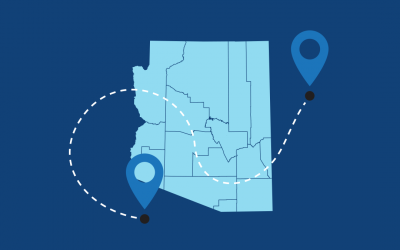You’ve done your job as an online business owner: You’ve created a beautiful website that is easy to navigate and shows your visitors where to get the products you need. You’ve decided to work with an ecommerce fulfillment company in order to ensure that your products get from the warehouse to your customer’s door with a minimum of problems. But how are you going to handle the shipping problem?
You can do everything right as an online business owner, but if you mess up on the shipping issue you could be looking at a lot of abandoned shopping carts and missed sales. In fact, studies have shown that the shipping and handling fees on a purchase are one of the biggest factors in whether or not someone makes a purchase. You need to figure out the best shipping strategy if you want your business to thrive.
There are three basic options that you can use when it comes to shipping: offering free shipping, pass along the fee to the customer or bill flat shipping rates.
Here’s a look at the pros and cons of each:
Offering Free Shipping
This is certainly the most common type of shipping structure online – and its use has been fueled by the popularity of large web e-tailers like Amazon. As a smaller online business, you might balk at the prospect of wrapping up your shipping costs into your product fees, especially in a market where people are consistently looking for a good deal. Luxury and higher end items can absorb the cost of free shipping, but if your products are lower priced to begin with you might have to either absorb the cost and ship for free or explore another shipping option.
Pass on the Fee to the Customer
Some eCommerce shopping cart programs give you the option of setting up “real time” quotes for shipping. After the customer enters their items, they’ll be given a quote of what the shipping and handling fees will be. The customer pays the fee, and the software handles the calculations. There may occasionally be a discrepancy between what they pay and what your company has to pay the shipping company, but it normally averages out. Customers see exactly what they’ll be charged for shipping so it shows that you aren’t pumping up fees to make a profit.
Bill Flat Shipping Rates
If you often ship the same types of items over and over again, you can use flat shipping rates for your online business. With this model, you calculate a standard fee for your packages and ship anywhere in the country for the same rate. You’ll also use a flat rate for international shipments – within reason. With this model, you’ll work exclusively with one shipping company (like USPS) in order to secure your rate.
Which shipping option is best for your online business? It all depends on your product and your customer base. Using this information, you can find the right method for your ecommerce store and get shipping!









